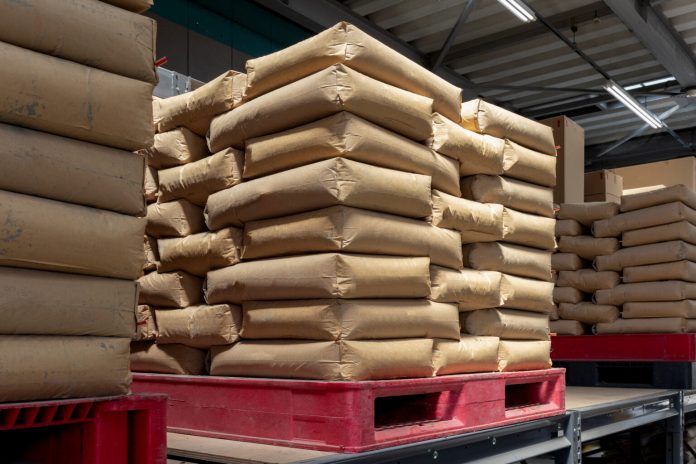Clinker production is at the core of Morocco’s cement industry, relying on an energy-intensive process in which a blend of limestone and clay is heated to nearly 1,450°C before being ground into Portland cement. While this process is essential for the construction sector, it comes with high production costs and a significant reliance on global markets.
Morocco has positioned itself as a key clinker exporter. In 2022, the country generated $81.4 million in exports, making it the world’s 12th-largest supplier. Its primary buyers include West African nations such as Guinea, Côte d’Ivoire, and Cameroon, whose cement industries depend on clinker imports. However, what once appeared to be a steady economic opportunity has experienced a slowdown in 2024.
Several factors have contributed to this decline. Competition has intensified, with countries like Turkey and India offering lower production costs and more competitive pricing in African markets. Additionally, fluctuations in maritime freight costs—exacerbated by geopolitical crises—have put pressure on Moroccan exporters’ profit margins. New European environmental regulations have also played a role, introducing carbon taxes that make Moroccan clinker less attractive to buyers in those markets.
Beyond commercial challenges, clinker production poses a significant energy challenge. The industry remains largely dependent on fossil fuels such as coal and petroleum coke, making it vulnerable to rising energy prices. While some Moroccan manufacturers are exploring more sustainable alternatives, such as incorporating biomass and industrial waste into their kilns, these initiatives remain limited for now.
The impact of these shifts is already visible in corporate performance. LafargeHolcim Maroc, for instance, reported a slight 0.7% decline in annual revenue, settling at 8.16 billion dirhams—largely due to the drop in clinker exports. In contrast, Ciments du Maroc has been more resilient, managing a 4% revenue increase by diversifying into sectors like ready-mix concrete.
Despite these challenges, the Moroccan cement industry still holds promising prospects. Domestic demand remains strong, driven by major infrastructure projects linked to the 2025 Africa Cup of Nations and the 2030 FIFA World Cup. Additionally, newly introduced housing assistance programs are expected to boost cement consumption, helping to offset some of the volatility in clinker exports.





